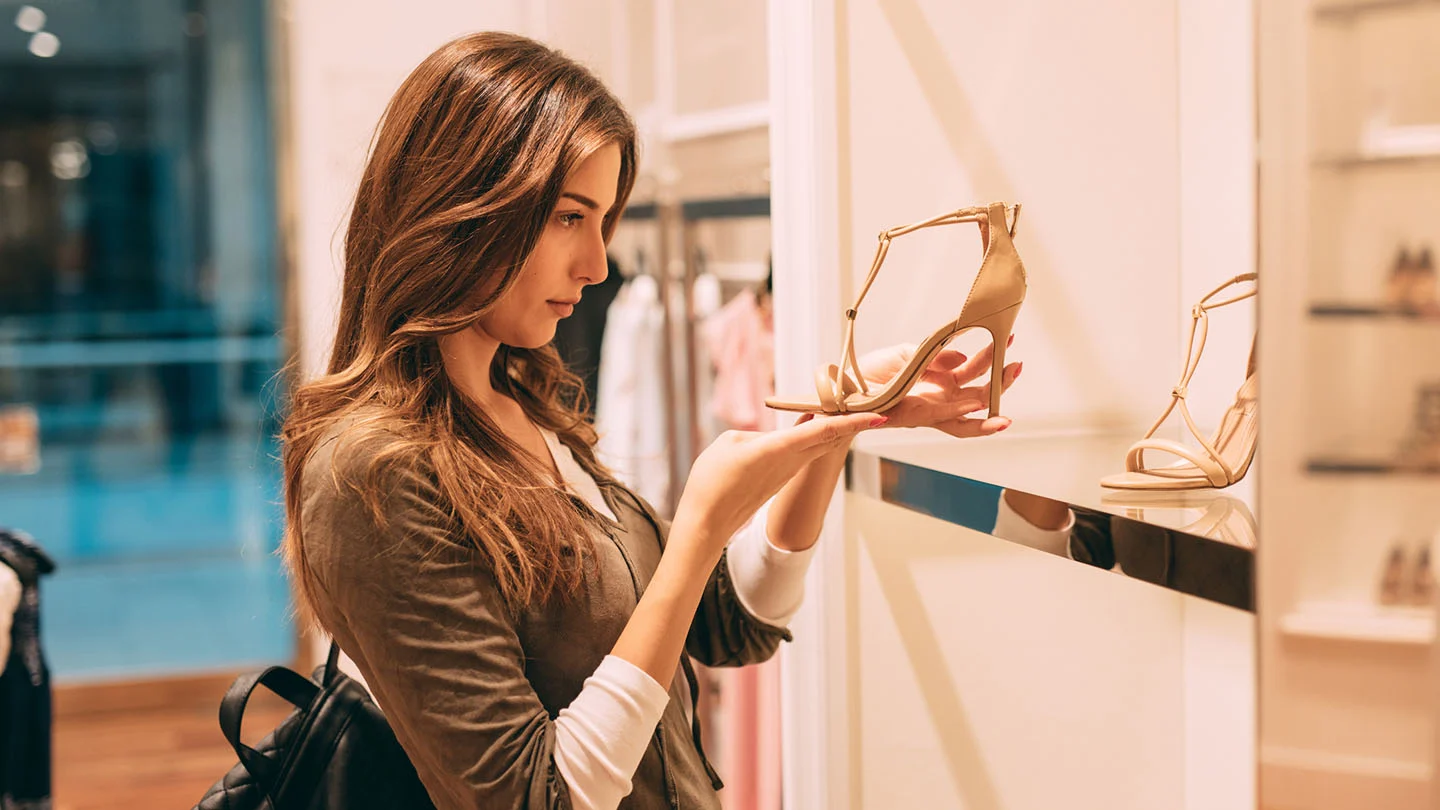New-luxury leaders share an unswerving faith that demand can be generated even in seemingly unlikely categories, often producing results which appear almost miraculous.
Fashionistas typically sport Hermes scarves; wine enthusiasts pair foie gras with Sauternes wine; and eccentric home designers sometimes feature bathtubs as part of the living area decor.
The New-Luxury Consumer
Pandemic has introduced new consumers into the luxury market who are revolutionizing what it means to own and appreciate high-end products. These buyers are wealthy, educated, and digitally connected – each possessing different opinions about luxury as well as new ways of experiencing it.
Consumers have increasingly turned away from lavish consumption in favor of more meaningful experiences that show their wealth. Furthermore, as more diversity emerges in terms of ethnicity and political views among them, this shift has altered how marketers understand them as customers.
Many of these new customers seek products and services to help them overcome life’s obstacles, whether in-store or online. Companies that can deliver these experiences to their customers will thrive and be rewarded with customer loyalty and trust. This is the future of the luxury sector: no longer about status symbols or logos but about providing tangible benefits to people and communities – an increasing shift as companies adopt more purpose-driven mindsets to become agents for change.
New-Luxury Brands
As the luxury market evolves, new-luxury brands are upending industry conventions by adopting an holistic approach to luxury that puts sustainable development first and places value on quality over quantity, timelessness over trendiness, accessibility rather than exclusivity.
New-luxury companies are taking steps to transform their supply chains, making them more sustainable. This includes using local materials, producing less waste, supporting communities, reducing carbon emissions, ethical production of products as well as encouraging diversity and inclusiveness in production processes.
Some brands are even extending the lifespan of their products by offering rental or second-life options, which is especially relevant for millennials, who tend to value experiences over possessions and may lack storage space; many prefer subscription services that provide them with multiple items at one time. Such trends pose serious threats to some of the oldest luxury brands; those which adapt and respond effectively will likely emerge stronger and more relevant for tomorrow.
New-Luxury Products
New-luxury products are gaining the interest of affluent consumers. Unlike traditional luxury items that may serve only as status symbols, these new luxury goods serve a practical purpose and the Boston Consulting Group’s consumer research suggests their demand from households with income growth significantly outpacing GDP – they tend to trade up for travel and sports equipment but down in others (private-label dishwashing liquid or even going without).
These trends are forcing established luxury brands to reinvent their identity, providing experiences that highlight their values: heritage and authenticity, quality not quantity, timeless styles rather than short-lived trends, sustainable sourcing and manufacturing; as well as responding to younger audiences who place less value on possessions than experiences and community involvement. Customer service must stand out; nothing devalues a brand more quickly than an unpleasant customer service experience; in addition, these brands must address growing concerns for sustainability and human dignity.
New-Luxury Experiences
Luxury no longer depends on exclusive products; rather, its foundation now lies more with experiences. As markets shift and newcomers with experience-related expertise capture high net worth consumers’ interest, established luxury brands must adapt their offering in order to remain relevant and remain profitable.
Brands must provide consumers with products and services that make better use of their time, are tailored specifically for them and come from sources they trust – something which encapsulates Time, Truth and Trust more effectively than ever before. The three T’s of Time, Truth and Trust must remain top of mind at all times.
Retail and service experiences should also adapt accordingly, with excellent service and rituals that draw on tradition remaining essential, but delivered more effectively for today’s consumers. Lingerie and spirits brands, for instance, often hold tasting events and give away free products as incentives to attract early purchasers who make up most of the profit; subscription box services allow consumers to try out luxury goods without making commitments upfront.


